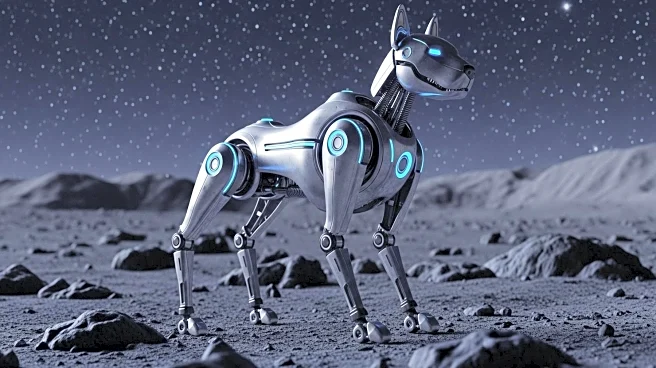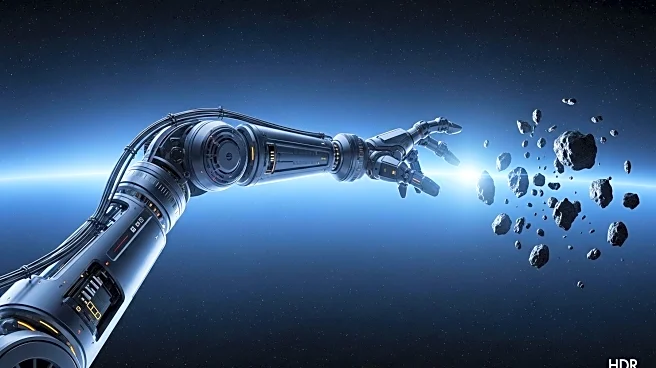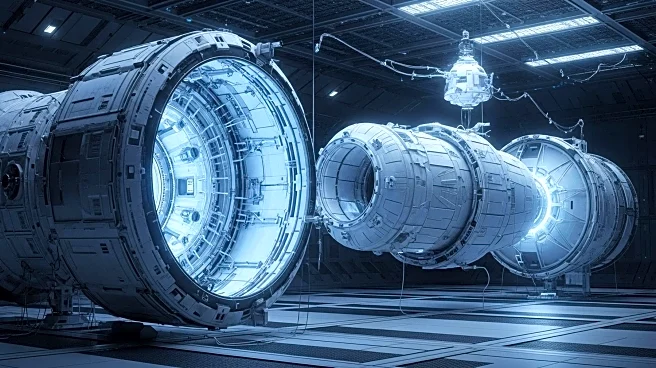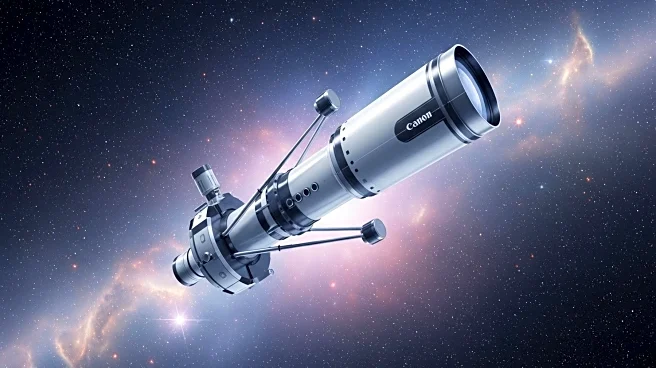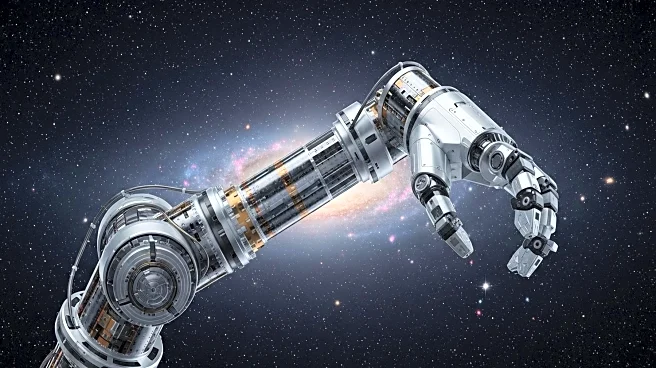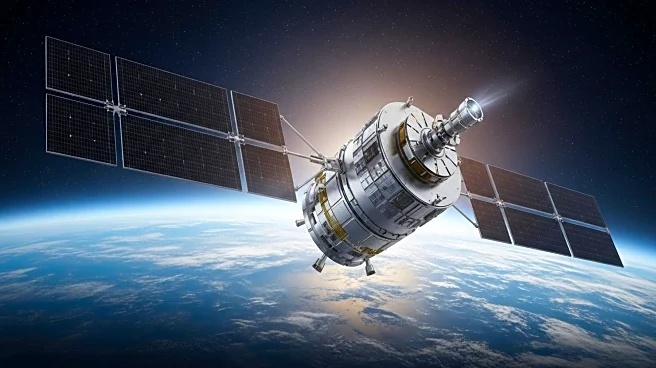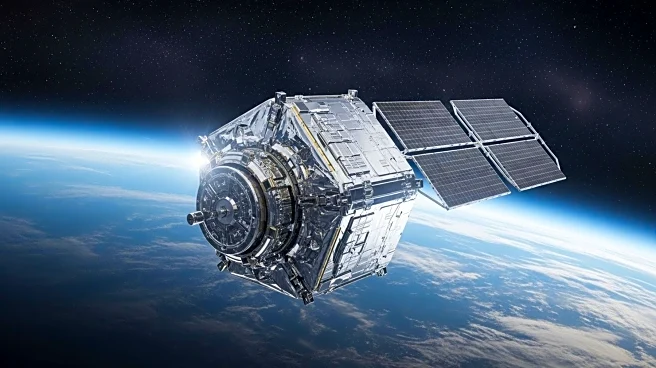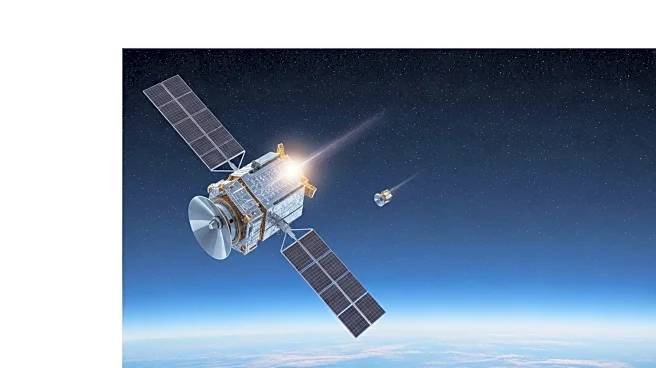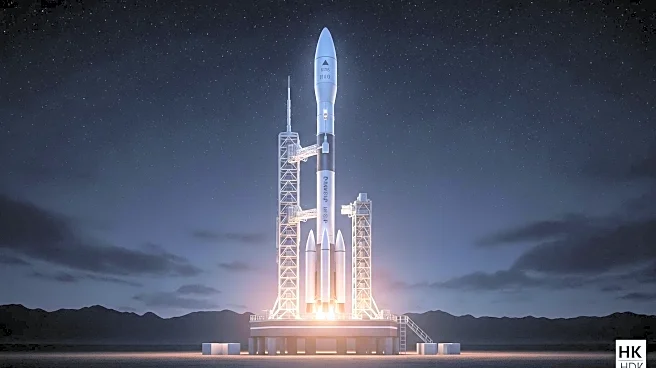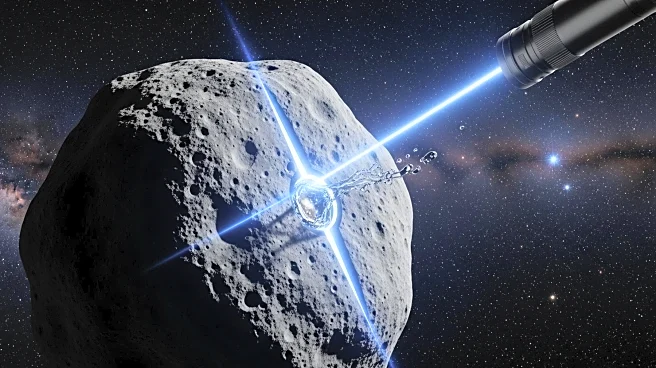What is the story about?
What's Happening?
Chinese researchers from Peking University are advancing space exploration technology by developing robotic dogs designed to explore the moon's lava tubes. These robots are equipped with autonomous navigation and obstacle avoidance technologies, allowing them to navigate and analyze underground tunnels formed by ancient volcanic activity. The initiative aims to identify potential sites for future moon bases, offering protection from harsh lunar conditions. Testing is underway in a cave near Jingbo Lake, China, which resembles lunar terrain, to refine the robots' capabilities.
Why It's Important?
The development of robotic dogs for lunar exploration represents a significant leap in space technology, highlighting the potential of AI and robotics in future space missions. These robots could play a crucial role in establishing sustainable human presence on the moon by identifying viable sites for moon bases. The initiative underscores a shift towards more autonomous and technologically advanced methods of space exploration, potentially reducing the risks associated with human space travel.
What's Next?
The ongoing testing of these robotic dogs in geosimilar environments will continue to refine their capabilities, ensuring they are well-suited for lunar exploration. The insights gained from these trials could pave the way for future missions to other celestial bodies, such as Mars, where similar exploratory challenges exist. As the international space community sets its sights on a return to the moon and beyond, technologies like these will play a crucial role.
Beyond the Headlines
The success of this initiative could spur further innovation in robotic and AI technologies, leading to advancements that benefit not only space exploration but also other industries. The integration of advanced robotics and artificial intelligence may continue to transform our approach to exploring the unknown reaches of space.
AI Generated Content
Do you find this article useful?
